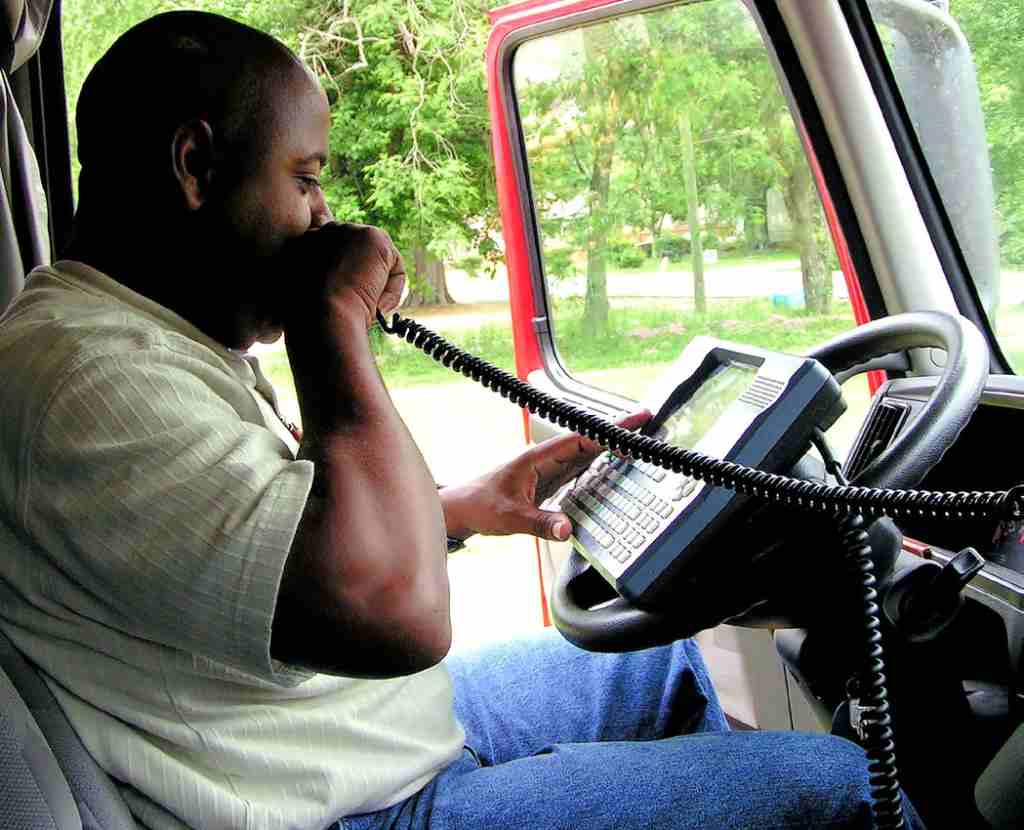The Realities of Burnout
With Isolation, long days on the road and prolonged periods away from loved ones, truckers are at risk of mental health concerns like burnout.
By Felicia Burchell
B.Sc.O.T. Reg (NS, NB, PE), RCT, CCC
Here are some tips and tricks to help keep you afloat.
Burnout. We have all heard the term but what exactly does it mean? From a physiological perspective, burnout is a dysregulation of the body’s nervous system and various hormones due to exposure to chronic stressors. Sustained release and overproduction of our stress hormone cortisol, places our body in a state that can result in a host of symptoms including low-grade inflammation, impaired immunity, sleep disturbances and hormonal imbalances over time.
We need to examine the symptoms of burnout to identify it. People frequently talk about being worn out, overburdened, uninspired, and disengaged. Physical symptoms could include changes in eating and sleep patterns, fatigue, and an increased susceptibility to illness. Other symptoms can include headaches and stomach or intestinal problems.
Feelings of unhappiness, self-doubt, helplessness, or detachment are examples of emotional symptoms. You might also observe that you’re isolating yourself from those around you and experiencing emotions leading to outbursts. This can impact those who spend long hours on the road, either for work or pleasure. Truckers are already at risk of isolation, and when burnout is added to the equation they may not have the support needed to help them identify it.
Performing daily tasks may be difficult for you and you may find yourself procrastinating. Burnout can be caused by a stressful working environment, having too many responsibilities or prolonged levels of chronic stress. Some jobs have higher requirements for mental attention and physical work, without an outlet to resolve the stress; there is an increased risk of burnout.
So what causes burnout? High-pressure work environments, lack of recognition or overwhelming responsibility can be factors. A lack of work-life balance and unsupportive relationships as well as poor sleep further add to a sense of overwhelm. Other factors can include perfectionistic tendencies, a pessimistic view of the world as well and a need for control.
There is hope! Regaining balance in your life is a crucial part of healing from burnout. So what does healing from burnout look like? There is no one-sizefits all solution but there are strategies that can be helpful. The first thing in the healing process is finding somebody you trust to talk to. By seeking emotional support you can share what you’re experiencing.

Moving your body is an important aspect of general health and well-being and healing from burnout. It could be going to the gym and doing a workout or doing yoga, stretching or simply going for a walk in the fresh air. It’s all helpful and it all helps to moderate stress hormone levels, improve sleep, and overall reduce inflammation. Building a bedtime routine to promote better sleep is important.
Long hours on the road can make it hard to maintain healthy eating habits, movement goals, and connection to those we love. However, there are still ways to engage in these recommended stress reduction activities that can be accommodated during long road trips. Video calls with loved ones or friends is a great way to connect to people you care about. Many hobbies can be taken on the road and don’t take up a great deal of space in the car. Even going for a walk or pulling over to sit and eat can be helpful!
Implementing boundaries as a way of prioritizing your time is key. Some have difficulties saying no which results in too much to do and not enough time to do it. Realistically looking at what we have time for and what we need and want to do can be the first step in making important changes. Building a wellness routine is helpful in terms of having self-care activities that you practice on a day-to-day basis. These are activities that help to “fill your cup back up.”
This may include activities such as mindfulness, listening to music, reading a good book, spending time in nature or enjoying the company of friends. If you notice the feelings of burnout early on, it is much easier to implement changes. If you’ve been feeling this way for some time, it may be worth talking with a therapist. Therapy can provide a safe space to explore feelings, learn skills and strategies to help you with emotional regulation, managing stress, problem-solving and prioritizing yourself and your needs and wants. Many therapists even offer remote or virtual sessions to accommodate all walks of life. Please reach out. Talking and being heard is healing.


